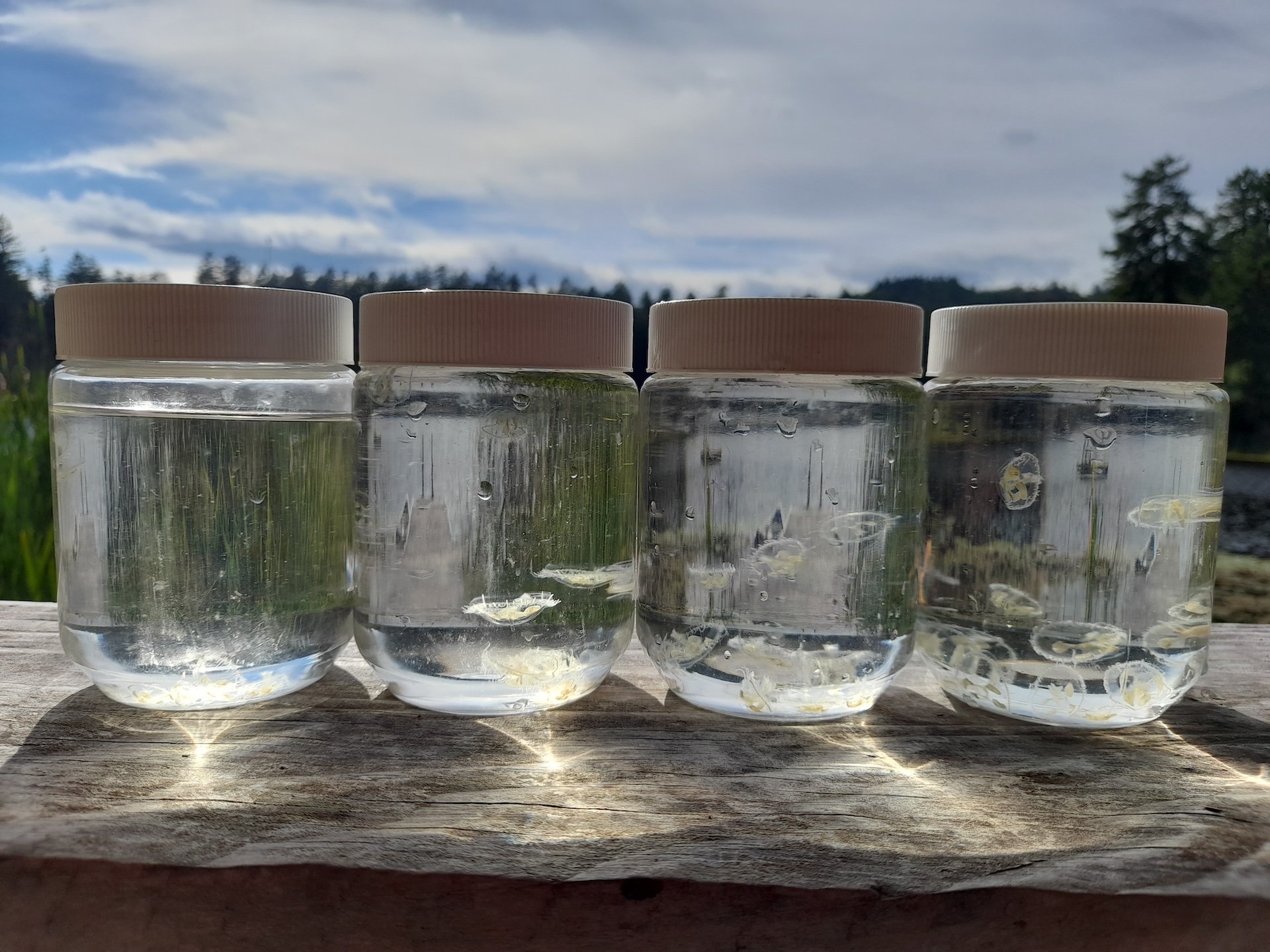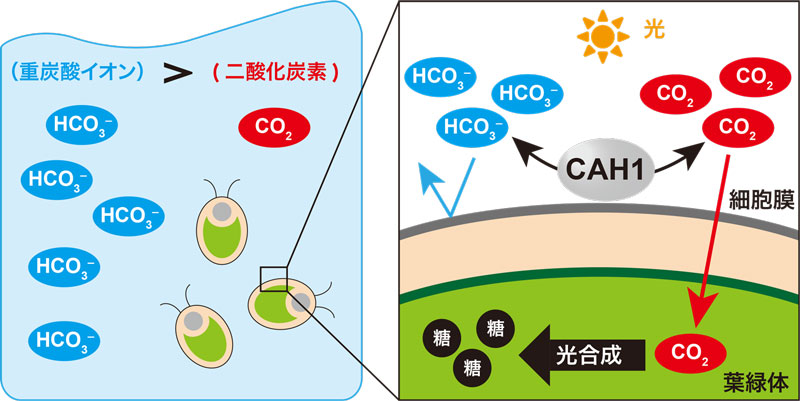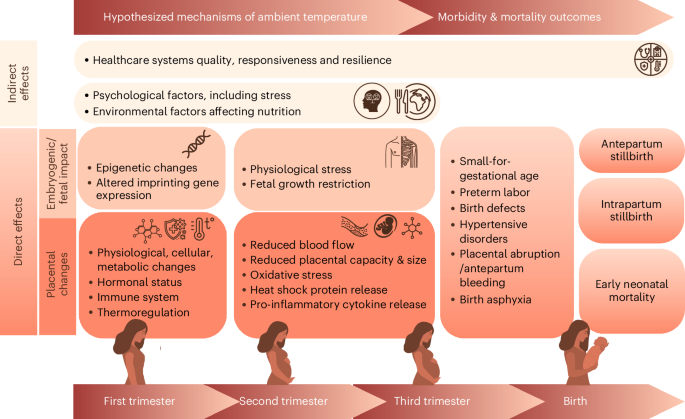2024-09-03 カナダ・ブリティッシュコロンビア大学(UBC)

Peach blossom jellyfish in sample jars. Photo credit: Polina Orlov.
<関連情報>
- https://news.ubc.ca/2024/09/thousands-of-jellyfish-clones-multiplying-in-b-c-lakes/
- https://cdnsciencepub.com/doi/10.1139/cjz-2024-0007
カナダ、ブリティッシュコロンビア州における非固有種モモクラゲCraspedacusta sowerbiiの時空間分布 Spatiotemporal distribution of the non-indigenous peach blossom jellyfish Craspedacusta sowerbii in British Columbia, Canada
Florian Lüskow and Evgeny A. Pakhomov
Canadian Journal of Zoology Published:13 August 2024
DOI:https://doi.org/10.1139/cjz-2024-0007
Abstract
The introduction of non-indigenous species (NIS) to exotic habitats can have tremendous impacts on native biodiversity, food webs, and ecosystem services. One globally distributed aquatic NIS is the hydrozoan Craspedacusta sowerbii Lankester, 1880. The species’ northern distribution boundary in North America is situated in British Columbia (BC), Canada. It is thus of paramount interest to understand its ecology in this warming invaded habitat, allowing for insights into other regions. Specimens of the genus Craspedacusta have been reported in 34 freshwater systems since August 1990. These reported locations are generally shallow (<10 m), most often of natural origin, and have a small surface area (<0.1 km2). We observed an exponential trend of medusa observations from 1990 till the end of the 2020s. The first seasonal records are in July and the latest in October, with peak sightings reported in August and September. After 2012, regional temperature anomalies during July and August were mostly positive, which overlaps with the period of the majority of reported C. sowerbii sightings. Until this day, all examined medusae are males.


